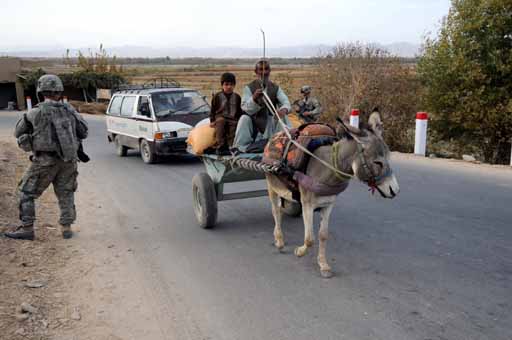
Foto Tech. Sgt. Francisco V. Govea II, letectvo USA
Minulý měsíc Oxfam zveřejnil zajímavou studii založenou na výzkumu několika nevládních organizací po celém Afghánistánu. The Cost of War porovnává tři desetiletí války v Afghánistánu, konkrétně komunistickou vládu a sovětskou okupaci (1979-1992), Občanskou válku (1992-1996), vládu Talibanu (1996-2001) a současný konflikt (2001-dodnes). Zjištění vycházejí z individuálních a skupinových rozhovorů s více než 700 Afghánci.
Byť ze závěrečných tabulek vyplývá, že i přes radikální zhoršení situace po roce 2006 je stav v Afghánistánu nejlepší za posledních třicet let, přesto nejde ani náhodou o pozitivní čtení. Sumarizace oněch třiceti let válek vypadá takto:
- Approximately two in five (43%) individuals reported having property destroyed, quarter (25%) land destroyed and one in three (34%) were robbed during the conflict. The causes and perceived motivations behind these violations were varied but often this was tied to larger patterns of violence deliberately targeting civilians, making many individuals feel unsafe, and negatively affecting their ability to earn an income or feed their family.
- Three in four people (76%) reported being forced to leave their homes at some point during the conflict. Of these, 41% were internally displaced, 42% were externally displaced and 17% were both internally and externally displaced. Many individuals were displaced multiple times, moving from one place to another in search of security, only to be forced to flee once again months or years later or after having returned home again.
- Migration is a critical survival strategy for most Afghans. Notions of “choice” are complex, given the protracted nature of the conflict and how deeply intertwined the violence is with poverty for many Afghans. When asked about the current conflict, 17% stated that they are currently thinking of leaving the country.
- More than one in ten (13%) individuals reported being imprisoned. Detention was most often described as arbitrary and linked with harassment, extortion and threats from parties to the conflict or local power holders, and many survivors describe family members playing bribes or elders negotiating for their safe release.
- One in five (21%) of individuals reported being tortured. Roughly half of the reported cases of torture were linked with imprisonment and most often, torture was driven by perceived ethnicity, political affiliations or, in the case of many women, the perceived affiliations or actions of male family members.
- Just 1% of individuals reported receiving any compensation or apology for the harm done to them. None of the reported instances of compensation or apology were provided by those perceived to be directly responsible for causing harm. Rather, these actions were undertaken by individuals, such as community elders or neighbors, who expressed regret at not having been able to offer greater protection for those harmed.
- Seven in ten (70%) individuals saw unemployment and poverty as a major cause of the conflict, while almost half (48%) pointed to the corruption and ineffectiveness of the Afghan government. Other factors that individuals identified as major drivers of the conflict were: the Taliban (36%); interference by other countries (25%); Al Qaeda (18%); the presence of international forces (18%); lack of support from the international community (17%); warlords (15%); and criminal groups (14%).
Co se týče vnímání konfliktů je pořadí následující (první je vnímán jako nejzhoubnější):
- 38 % – komunistická vláda (1979-1992)
- 33 % – vláda Talibanu (1996-2001)
- 22 % – občanská válka (1992-1996)
- 3 % – současný konflikt (2001-dodnes)
Současný konflikt je dle studie Oxfamu k civilistům „nejmírnější“, byť člověk na Západě může mít ze zpráv pocit opačný. To však v žádném případě neznamená, že je vše v pořádku. V roce 2008 byli v průměru každé čtyři dny popraveni tři Afghánci Talibanem a dalšími skupinami kvůli spolupráci s vládou či mezinárodními silami. Od ledna 2008 do června 2009 zahynulo v důsledku akcí mezinárodních jednotek 750 lidí. Ve studii nejsou ovšem uvedeny poslední měsíce, které by mohly znamenat pokles civilních obětí vzhledem ke striktním pravidlům nastaveným velitelem ISAF a amerických sil generálem McChrystalem.
Na závěr si neodpustím podotknout, že i data ve studii Oxfamu ukazují, že situace možná není tak tragická, jak jí máme tendeci vidět odtud. Ale nutno podotknout, že času je pomálu a katastrofa, dojde-li k ní, bude způsobena především námi samými.

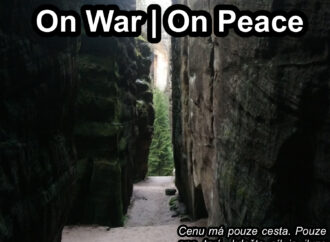
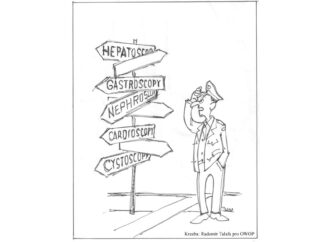


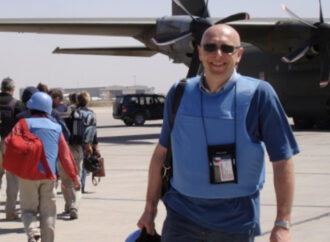
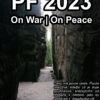

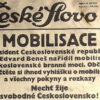

Leave a Comment
Your email address will not be published. Required fields are marked with *